COVID Update: XEC Variant Threatens KP.3.1.1 Dominance in the Coming Months. Excess Mortality Could Continue for a Decade: Reinsurance Company Warns
Regional Breakdown: Wastewater High but Declining. We higher now for this time of year than at any other time of the pandemic. Updated: 9/24/2024
The KP.3.1.1 variant is currently dominant worldwide, but XEC is spreading rapidly, with nearly double the growth advantage. If this trend continues, XEC is expected to overtake KP.3.1.1 by late fall, potentially driving a new surge of infections. These variants can evade much of the immune responses from both vaccines and recent infections. Since they can evade antibodies to earlier variants, then that raises the risk of organ damage, vascular and neurological dysfunction, brain damage, and persistent infections which often leads Long COVID. The unmitigated spread is raising concerns about their impact in the coming months.
KP.3.1.1 Sequences Dominating the Global Landscape
J
Wastewater prevalence
U.S. Regional Prevalence
All the regions of the U.S. are decreasing while still at a high prevalence. We can expect this trend to continue into October before plateauing and then begin increasing again, with exponential growth from early to mid-November until the end of December.
In Alabama, the wastewater prevalence is declining in line with the regional decline. It may be a short tick-up if we follow historical trends but either way, we are higher than previous years for this time of year. We may see cases spread faster due to the relaxed CDC guidelines and the fact that KP.3.1.1 is now over 50% of all cases in most areas.
Alabama Wastewater Prevalence
California Wastewater Prevalence
In California, the end-of-summer decline continues but how long will it last? With schools back in session, the transmission is already widespread, but because the overall prevalence is so high, we won’t see that growth until somewhere between early to mid-November.
Massachusetts Wastewater Prevalence
In Massachusetts, New York, and New Jersey, prevalence is continuing to decline. Mass had a sharp increase at the end of August but it coming down quickly while still considered “Very High”
Pennsylvania Wastewater Prevalence
Pennsylvania is back up into “Very High” territory but appears to be plateauing. It's likely to start a downward trend before plateauing again in the coming updates. It will start increasing exponentially sometime in early to mid-November. We'll have to watch to see where this goes but it all points towards a much larger surge going into November and December.
Hospitalizations
Remember that hospitalizations are a lagging indicator, meaning even as wastewater is increasing, hospitalizations may still show declining numbers. We are seeing a decline in hospitalizations, as we would expect after a decline in prevalence. It's important to point out that children under 1 year old, especially under 6 months, and those over 65 years old are at the highest risk of hospitalization.
More Evidence on the Role Children Play in Transmission
"Smart Thermometer–Based Participatory Surveillance to Discern the Role of Children in Household Viral Transmission During the COVID-19 Pandemic" (June 1, 2023)
Key Points
Question: What role did children play in household viral transmission during the COVID-19 pandemic, when enveloped virus rates were low and relative proportions of COVID-19 were at a high?
Findings: In a cohort study of 166 170 households with adults and children using smart thermometers, among 38 787 inferred household transmissions of viruses over 3 years, including SARS-CoV-2, 70.4% had a pediatric index case. Rates dropped during school breaks.
Meaning: These results suggest that children were important viral vectors in households during the pandemic, particularly when school was in session.
https://jamanetwork.com/journals/jamanetworkopen/fullarticle/2805468
The spread of COVID-19 between schools and homes remains a major factor driving recent surges. A growing body of evidence reinforces this trend, as schools reopen and the virus spreads rapidly through classrooms, putting millions of people at heightened risk. This surge is leading to significant disruptions, with both students and teachers missing school days.
In several Southern U.S. states, schools have been forced to temporarily close due to a surge in COVID cases, leaving many teachers unable to work. This situation is preventable. By improving ventilation and air filtration in both schools and homes, we can greatly reduce transmission and safeguard our communities.
Reinsurance Company Projects a Decade of Excess Mortality
“Covid-19 may lead to the longest period of peacetime excess mortality, says new Swiss Re report”
Swiss Re Institute, part of Swiss Re, a leading global reinsurance company, has projected that excess mortality rates could remain elevated for the next decade, with the U.S. potentially seeing a 3% excess mortality and the UK, 2.5% in 2033. In 2023, approximately 1,500 people have been dying weekly due to COVID-19. The primary driver of these excess deaths is respiratory disease, particularly COVID-19. Other contributing factors include cardiovascular disease, cancer, and metabolic illnesses. The impact of these diseases on mortality varies by country due to differences in reporting mechanisms. Addressing these trends requires a comprehensive approach focusing on managing COVID-19 and other significant health conditions. Collaboration between healthcare systems, policymakers, and communities is essential to mitigate long-term impacts on public health and reduce excess mortality rates in the future.
“COVID-19 is far from over. The US reported an average of 1500 COVID-19 deaths a week for 2023 – comparable to fentanyl or firearm deaths.[1] If this continues, our analysis suggests a potential scenario of elevated excess mortality extending over the next decade.”






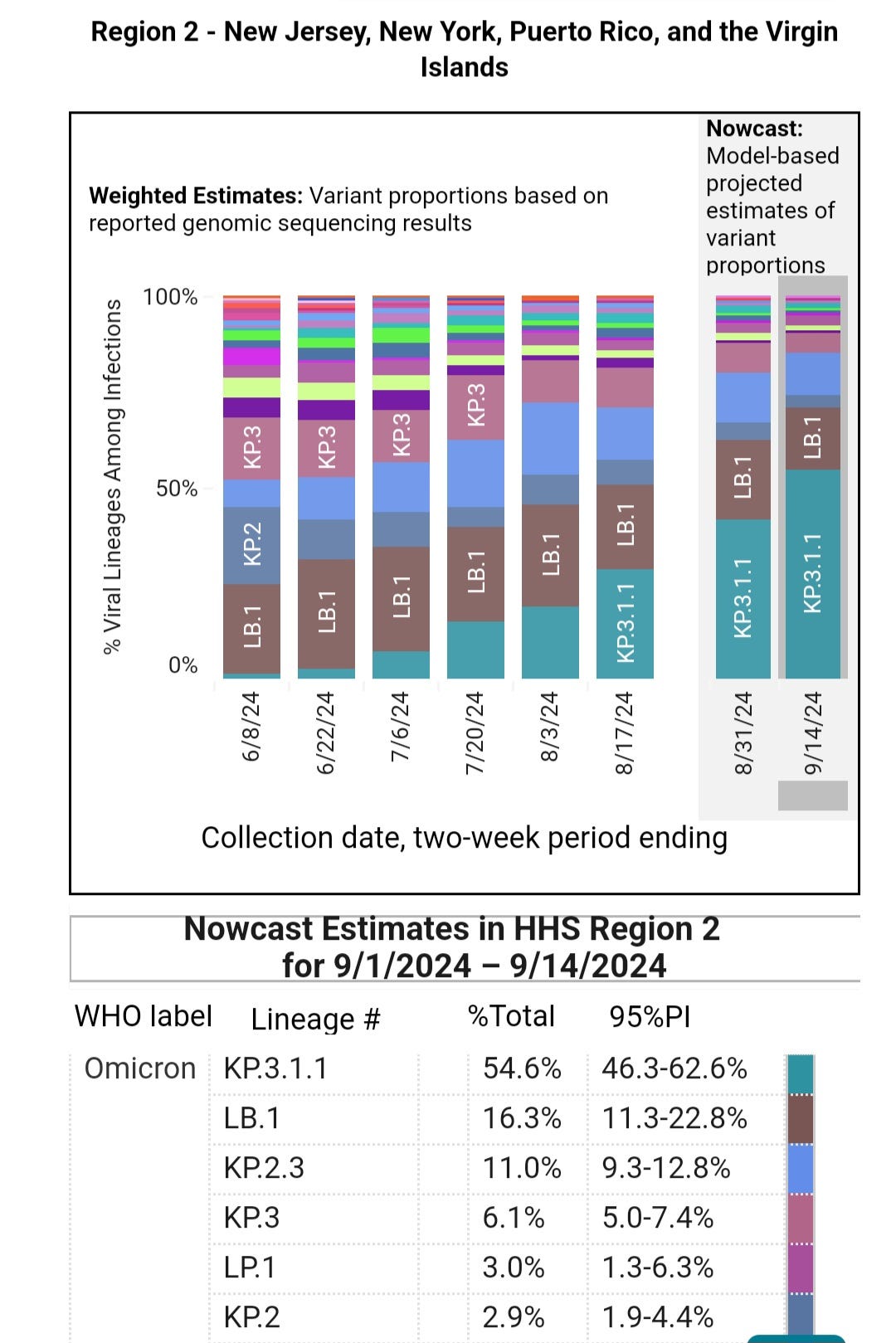
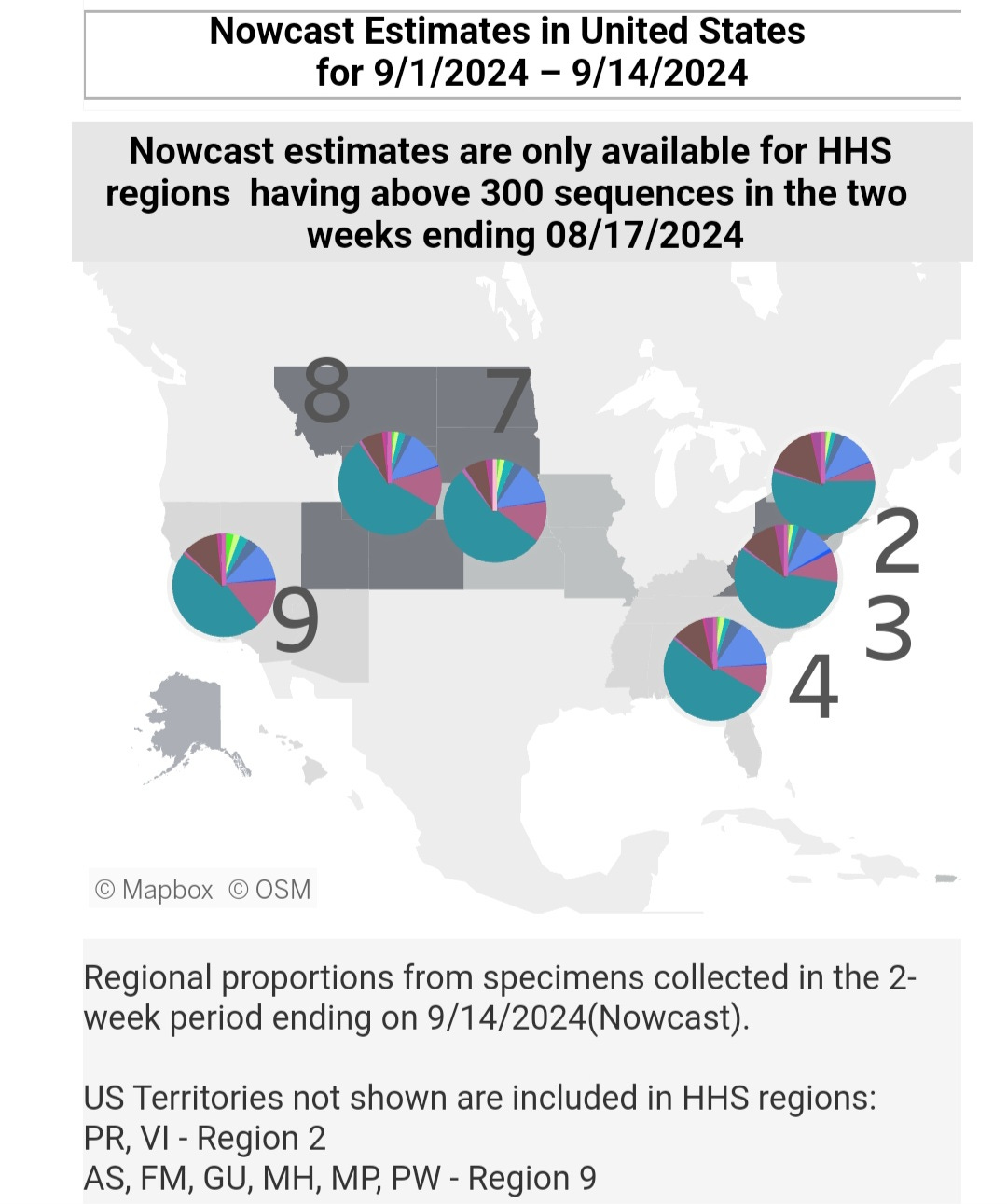
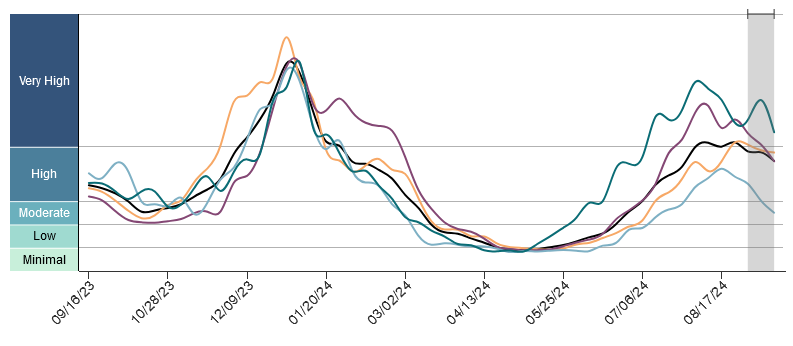


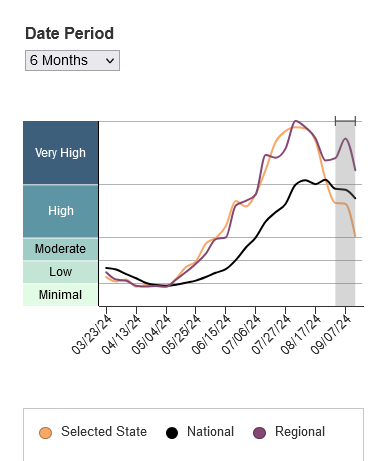
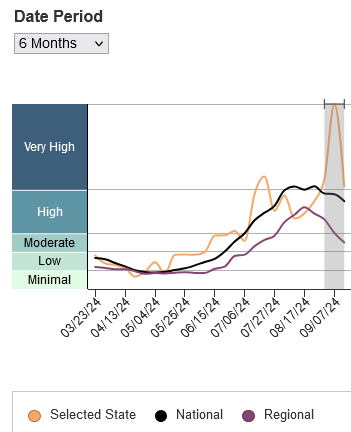

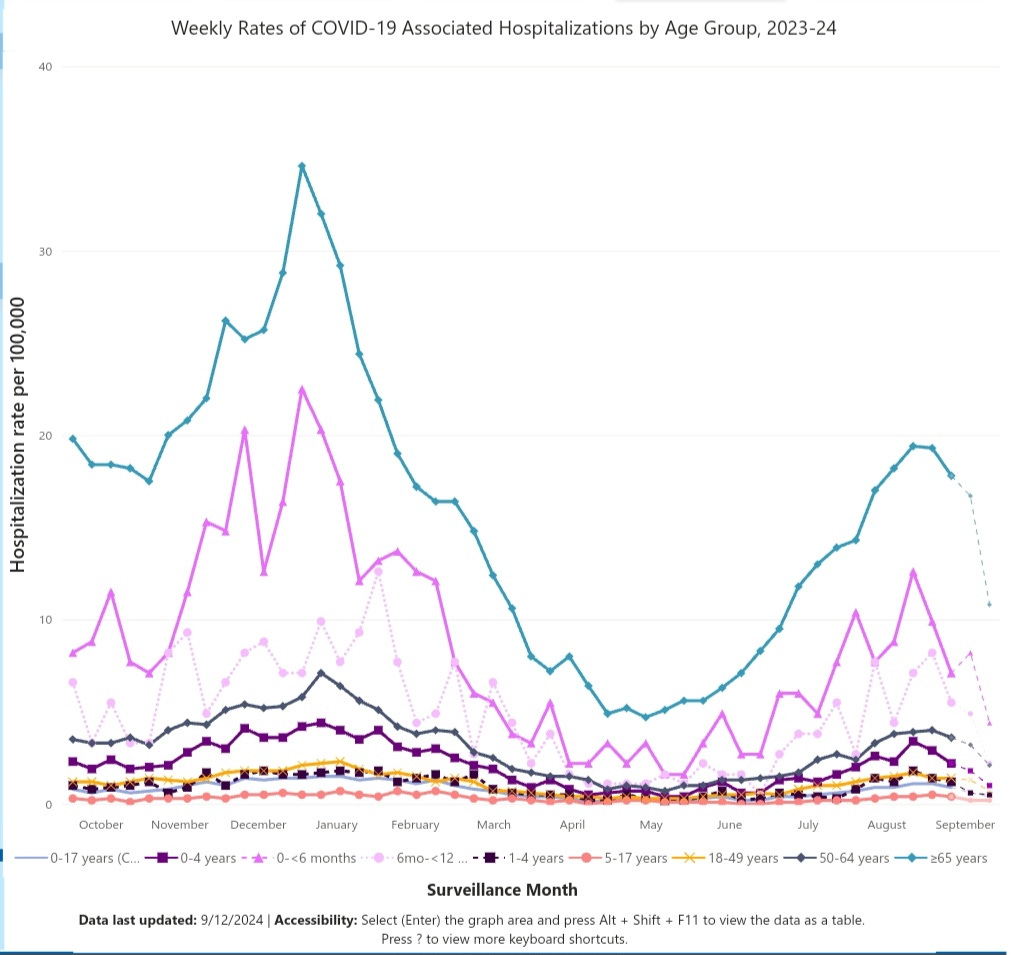

All of the excess death diseases are diseases caused by covid.
Most excess deaths are more than likely caused by sarscov2.
So many people are dying suddenly of cardiovascular disease. Plaque in their arteries. Sarscov2 causes an increase to plaque in our arteries.
Let’s attribute the deaths to the real killer- those “mild” covid infections
TACT...The Northeast is quite interesting. Numerous wastewater sites seem to be going 'Hot'.
Sites in Maryland, Pennsylvania, New Jersey all increasing.
Now, this wastewater data are quite often noisy, but perhaps we are seeing a 'Back To School' spike in the NE.